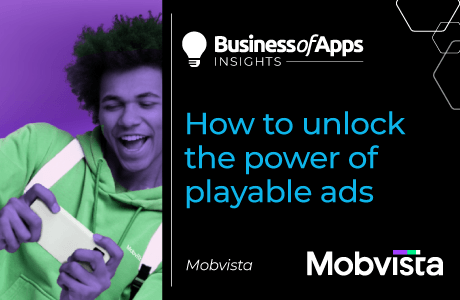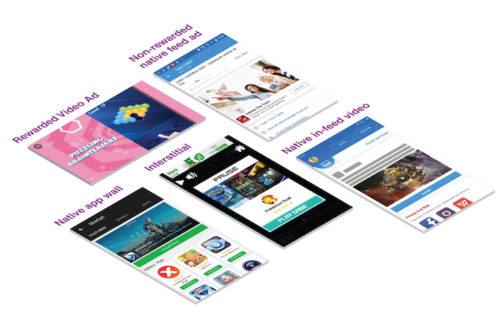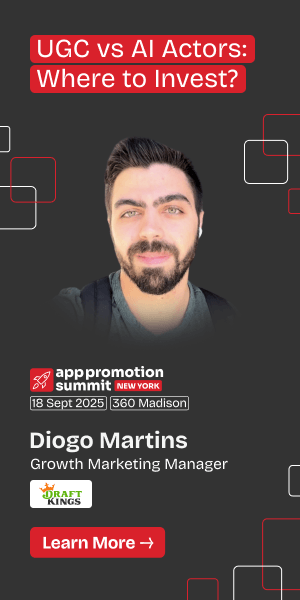
Today, the biggest challenge for marketers operating in the digital space is dealing with the sheer size of the opportunity on offer.
The combination of the scale of digital penetration – as evidenced by Facebook’s 2 billion plus user count– the pace of the real-time bidding economy and the granularity of available data is great for business. But it is also tough for humans to manage, even with the help of detailed reporting and attribution tools.
This is the major reason why artificial intelligence (AI) is likely to play a significant role in marketing in the future.
While we may already live in the age of big data, companies who create AI’s capable of supporting digital marketing teams will be able to process, manage and apply that information much more successfully – delivering significant benefits to those businesses and the space as a whole.
The emergence of AI around the world
AI has historically been seen as the preserve of science fiction. While it has been used in fields like robotics and video games, the idea of using an artificial intelligence in the wider economy has – until recently – seemed far-fetched.
However, the past decade has seen a significant shift in the way the economy operates that has notably increased the viability of AI applications. Specifically, the emergence of the smartphone and the explosion of the supporting mobile economy has changed the playing field.
The daily use of smart devices with powerful processors by roughly two thirds of the global population means that there is more than enough devices completing more than enough interactions for an AI to learn from.
For example, if a company had been looking to create an AI to analyse when someone was about to fall ill it would previously have to use available patient records to learn. But now, it could – theoretically – integrate with an app on user device’s that integrates with health metadata on OSes like iOS: drawing on potentially millions of data points every day.
It’s this emergence of cloud-powered personalised mass computing that has allowed the AI field to grow. And with that growth has come significant investment.
Performance marketers are shifting budgets to Browser Advertising 📈
Learn how brands like Walmart, Expedia and Nike drive incremental growth by reaching high-intent users before they hit search.
Get Your Free GuideApple,Tencent and Google all have teams working on AI projects. And with 60% of early adopting AI investors planning to invest further in the space this year, the field is only likely to grow across all disciplines – including marketing.
The intersection of AI and marketing
To understand where AI and marketing will likely intersect, it’s important to understand three different approaches and methods supporting AI design.
The first way to create an AI is to author one. In this instance, the developer instructs the AI to work in certain ways in response to the behavior of users or other AI’s.
For example, an AI in a video game that encourages players to behave sneakily will be programmed to behave aggressively if the player is spotted. This type of AI may learn and adapt to the world around it – as one does in Alien: Isolation – but it will do so in relation to the rules the author has created for it.
The AI of Alien: Isolation game video trailer
In a marketing context, an AI such as this is ideal for managing process-oriented customer interactions. Chatbots, for example, can be authored to ask users for help if they stay idle on a site for too long, to answer common questions with useful answers and to escalate problems up the chain if needed.
Authored AI’s could, therefore, help community and customer support teams manage big user bases easily, helping them to identify the consumers who need the most help and supporting retention.
The second way to make an AI work, and to potentially help marketers, is through machine learning. This approach to AI – which is the branch of the discipline – automates the analytical process, allowing the AI to assess data, understand its implications and act with minimal human intervention. While it will start with an authored component, it will act adaptively as it gathers information.
The biggest way that machine learning will likely be used in marketing is in the user acquisition space. While automation already streamlines the majority of the infrastructure process behind real-time bidding, a machine learning AI could – in theory – be used to manage the whole purchasing cycle.
By allowing it to assess information across the acquisition cycle – from the personalised data provided by the purchasing sites to the campaign data and into the performance that drives – it could take a significant weight off buyers.
Instead of having one person managing buying across channels, a machine learning AI could allow that person to go hands-off – letting them tweak its parameters and assess its decision as they go. This could both increase the reach of advertisers and strengthen their personalization efforts: benefitting buyers, retargeters and businesses as a whole.
But if such an approach was taken, marketers would also likely need to understand a third technology that would enable it to work at scale.
Procedural generation is the name given to the process by which data is created algorithmically. Instead of getting a designer to create a piece of content, procedural generation automatically creates the content based on a series of rules and probabilities authored into it.
While procedural generation isn’t of itself an AI technology, it has regularly been used alongside AI’s to create dynamic experiences.
Again, the world of video games leads the way here. The AI director in Left 4 Dead, Valve’s multiplayer zombie apocalypse, combines a machine learning AI with procedural generation to throw different threats at players depending on how well they work together in a game.
If they play well, they get harder enemies. If they play badly, they will be provided with fewer, easier or no opposing bots to recover. The procedural element maximizes the value of the machine learning AI, helping the game to thrive as a result.
This combination of approaches would likely prove a winner for machine learning media buying. As it stands, most buyers would struggle to keep up with a machine learning AI because it would constantly demand new images to fill listing requirements.
But if the business partnered the machine learning AI with a procedural generation system that created a copy, it could easily serve the AI with quality images without fraying the design team. This would, again, allow them to focus on moderation, management and fine-tuning – producing better work when it matters and allowing the AI systems to deal with day-to-day work.
Summary – simplifying complex processes
There are plenty of other ways that AI’s could be used to transform marketing. Whether it’s dynamically pricing products to adapt to market trends, supporting forecasting efforts or personalizing content, there are myriad applications that could be exploited.
But the important thing for marketers to focus on isn’t the precise applications of AI; it’s how their application could transform the discipline. As outlined above, the common benefit of using smartly authored AI’s, machine learning and procedural generation in marketing could be to streamline the execution of day-to-day tasks while increasing their effectiveness.
This would mark a big change in the marketing discipline. Rather than acting as front-line soldiers, marketing AI could help turn marketing professionals into digital generals – determining the most efficient way to deploy the AI resources while making targeted interventions elsewhere.
In short, AI could solve the problems of scale in digital marketing. The question facing marketers is what they will do with that power once this problem has been solved.










